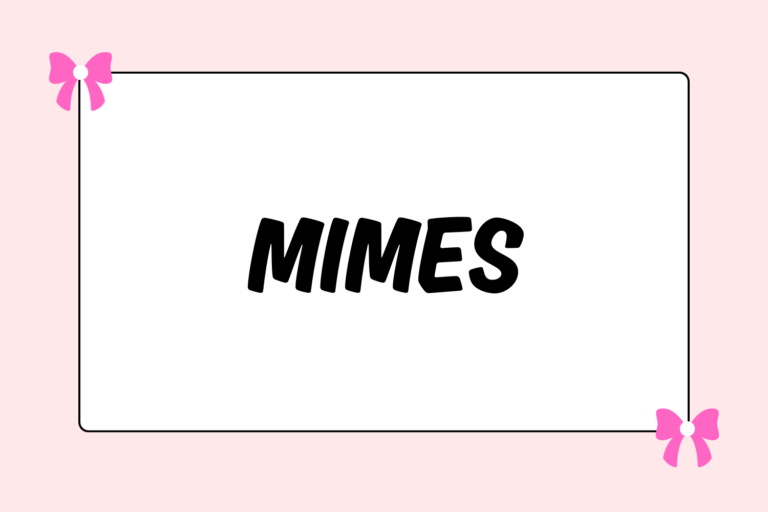Ballet was invented in Renaissance Italy at the end of the fifteenth century—a surprising fact considering the sport’s prolific use of French terms and well known Russian heritage. It was originally introduced through a series of court dances that mimicked well known fencing steps and became an instant hit, especially among those of royal blood, like Catherine de Medici.
When Medici married and became the Queen of France in 1547, she brought the still novel art-form across Europe to her new home where ballet continued to thrive for over a hundred years. But it was only during the late seventeenth century and the reign of King Louis XIV that ballet became a highly popular, established form of dance and entertainment. The Sun King, as he is now nicknamed, brought the performances to a new level through the addition of orchestral scores, mimes, and more advanced steps (such as the entrechat quatre).
The Romantic Era
Ballet began to lose steam after the death of Louis the XIV, despite a slight boom in participation and popularity in Eastern Europe.
However, a new era began when a group of gifted ballerinas emerged in the first half of the 19th century, including the legendary Marie Taglioni. The daughter of choreographer Paul Taglioni, Marie had a natural gift for dancing, though her talent was sometimes overshadowed by her proportionally short arms and legs. Desperate to boost his daughter’s career, Paul invented what is now the hallmark of ballet: the pointe shoe. It enabled Marie to stand briefly on the tips of her toes, giving the illusion of ethereal grace and fantastically long legs.
The invention of the pointe shoe led to a renaissance in ballet. Famous productions such as Giselle and La Sylphide were created to showcase the new and angelic forms of ballerinas en pointe, even though choreographers still designed their dances to embrace the ideals of the era and continued to portray woman as the unearthly sylph next to the natural form of man.
All of the advancements of Romantic Era ballet came to a head in 1847 with the performance of Pas de Quatre, a story-less production designed to showcase the four great talents of the era: Marie Taglioni, Carlotta Grisi, Lucille Grahn, and Fanny Cerrito. The ballet, incorporating the strong points of each ballerina, was widely celebrated by the public, despite being performed only a handful of times.
The Classical Era
Classical Era ballet is marked by two significant changes to the dance world: the advancement of pointe shoes, which allowed ballerinas to perform skills and moves never before thought possible; and the evolution of the choreography, spurred by the music of the time—based less in flourishes and piano based concertos and more focused on orchestral, narrative pieces.
The new era of choreography began with Marius Petipa, a leading ballet dancer in Russia. As music evolved from Chopin to Tchaikovsky, so too did ballet and the dance choreography, abandoning the dainty stories of the Romantic years for the drama and suspension of the Classical Era. Inspired by the shift in musical style, choreographers such as Petipa shifted ballet to stronger, fairytale based productions with less purely decorative movements and more emotionally charged stories. Petipa’s works included such infamous ballets as Swan Lake, La Bayadere, Le Corsaire, and Raymonda—all of which are still performed today.
Ballerinas also changed the tone of the performances and began to perform more difficult skills, helped by advances in the construction of pointe shoes that them to balance longer, complete more turns and create different lines. It was in one of Petipa’s ballets, Cinderella, that the legendary Pierina Legnani first performed 32 consecutive fouettés en tourant. The series of stationary turns thrilled audiences at the time (as it still does today), performed by every ballerina in a classical ballet, from Swan Lake to Le Corsaire. Despite a lack of other major successes, Legnani has remained a name engraved in ballet history for her establishment of the 32 fouetté turns.
The Contemporary/Neoclassical Era
Ballet continued to evolve and began a new chapter at the start of the 20th century with Diaghilev’s Ballet Russe de Monte Carlo, a new company that emerged out of Monaco in the late 19th century. The company toured the world and produced smash hits with sets designed by Picasso, music composed by Stravinsky, inventive choreography by George Balanchine, and brand new storylines.
After Diaghilev’s death in 1929, Balanchine (a graduate of the Imperial Ballet School of St. Petersburg, now the Vaganova Academy) migrated to the United States, where he founded the New York City Ballet company and its affiliated School of American Ballet. Through his creation of work without clear narrative, a focus on the interpretation of music, and the utilization of arrhythmic compositions from Stravinsky and Hindemith, Balanchine helped bring ballet into a new era and away from its previous reputation as a stuffy and outdated art form.
Modern Times
Since the establishment of ballet in the United States in the 1930s, the art has continued to grow and expand constantly over the decades. Companies emerged throughout America in the 1960s, from the Joffrey Ballet to American Ballet Theatre to many more all around the country. The art was push to new heights with the performances of dancers like Margot Fonteyn, Rudolf Nureyev, and Mikhail Baryshnikov, who dominated the ballet world with their jaw-dropping feats of artistry and physicality.
Today, choreographers continue to push the envelope, incorporating elements from other forms of dance (including hip hop and modern styles) into new and exciting ballets. Companies perform a diverse range of ballets—from the most contemporary to the classics; from Swan Lake to In the Middle, Somewhat Elevated. Improved technology has made ballet accessible to people all over the world, through the production of CDs, DVDs, and the ability to share the discussion of ballet instantly the internet. But though it has continued to expand and evolve, ballet remains true to its roots in Louis the XIV’s court!





